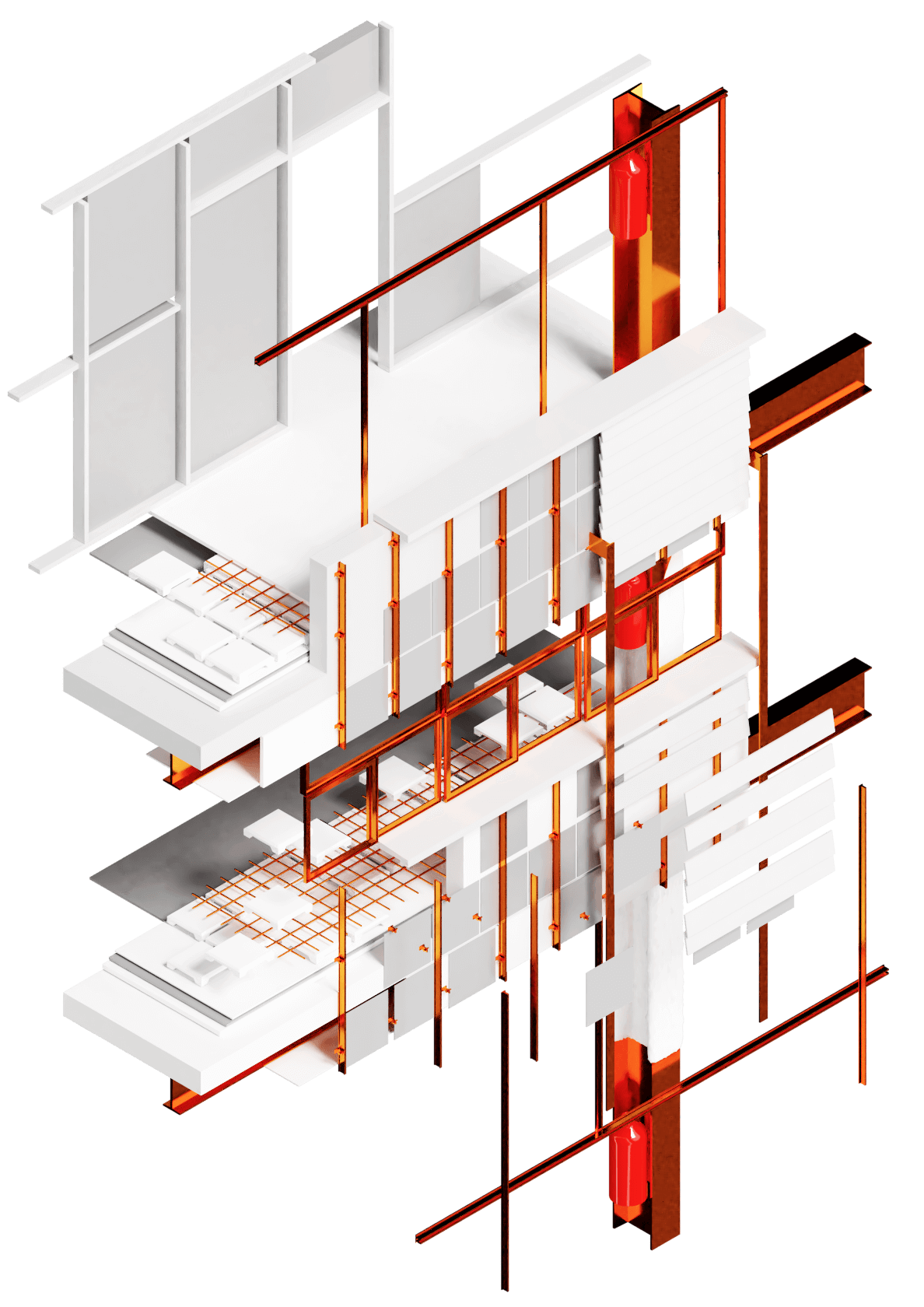Building Information Modeling (BIM) is a digital representation of a building’s physical and functional characteristics. BIM technology allows architects and designers to create detailed 3D models of a building, including the structure, MEP systems, and finishes. The use of BIM has become an industry standard and is becoming increasingly important in the design process. With the integration of Artificial Intelligence (AI) and machine learning into BIM, the future of building design is looking even more promising. In this blog post, we will explore the future of building design and the role of BIM and AI integration in the architecture industry.
Improving building performance:
One of the primary advantages of integrating AI into BIM is the ability to improve building performance. AI algorithms can analyze building data and identify patterns and trends that can be used to improve the design and performance of the building. For example, AI can be used to optimize energy efficiency, reduce costs, and improve the overall sustainability of the building.
Enhancing collaboration and communication:
Another benefit of BIM and AI integration is enhanced collaboration and communication. BIM technology allows architects and designers to share detailed 3D models with clients and stakeholders, allowing them to visualize the design and make informed decisions. With AI, the models can be further enhanced, providing even more detailed information about the building’s performance and functionality.
Streamlining the design process:
BIM and AI integration can also streamline the design process. AI algorithms can be used to automate repetitive tasks, such as quantity takeoff and cost estimation. This can save time and reduce the risk of errors, allowing architects and designers to focus on the creative aspects of the design.
Optimizing building maintenance:
With the integration of AI into BIM, building maintenance can also be optimized. AI algorithms can analyze building data and predict potential issues, such as equipment failures or structural defects. This can help building owners and operators to proactively address these issues, reducing downtime and costs associated with repairs.
Creating more accurate and detailed models:
AI can also be used to create more accurate and detailed models. AI algorithms can automatically detect and correct errors in building models, such as inconsistencies in geometry or incorrect material assignments. This can help to ensure that the building models are accurate and can be used for construction and maintenance purposes.
Conclusion:
The integration of AI and machine learning into BIM technology is revolutionizing the way buildings are designed and maintained. It allows architects and designers to improve building performance, enhance collaboration and communication, streamline the design process, and optimize building maintenance. As the technology continues to evolve, we can expect to see even more innovative and efficient building designs in the future.
It’s important to note that in order to get the most out of BIM and AI integration, it’s essential to have high-quality digital assets, 3D models, and 3D modeling skills. It’s also important to keep in mind the importance of Search Engine Optimization (SEO) when creating these visualizations, as it will help in getting the right audience to see the work.
References:
- “The Future of Building Design: BIM and AI Integration” by Arup
- “The Impact of AI in Building Information Modeling” by Autodesk
- “Building Information Modeling and Artificial Intelligence: The Future of Construction” by BIM Thoroughly


